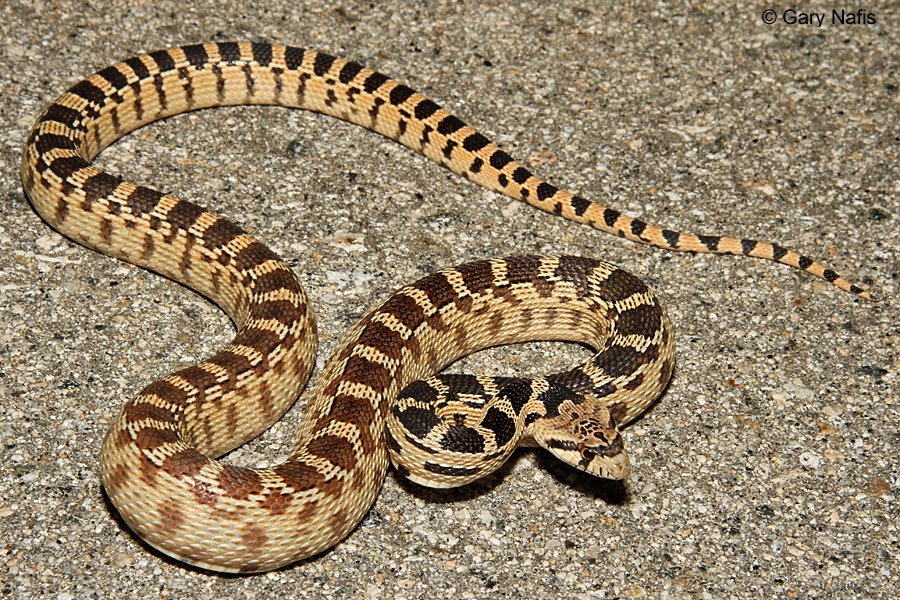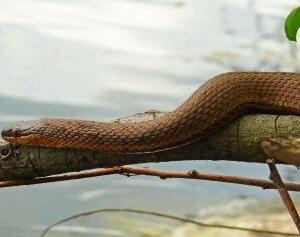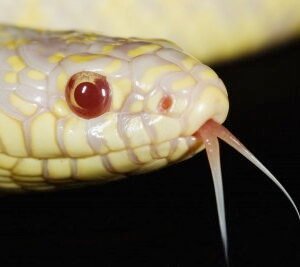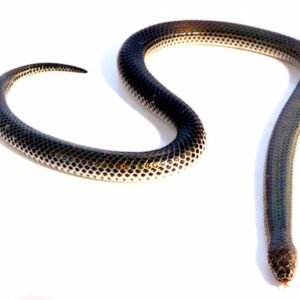Introduction to the California Gopher Snake
california gopher snake ,The California gopher snake (Pituophis catenifer) is a non-venomous snake belonging to the family Colubridae. This species exhibits a remarkable adaptability to various habitats, making it a prevalent presence across California and extending into parts of the southwestern United States. It is classified within the larger group of gopher snakes, which are known for their unique behavior and physical traits. The California gopher snake can reach lengths of up to 7 feet, exhibiting a coloration that typically includes a yellowish or cream base adorned with dark brown or black blotches. This specific coloration, along with its patterned scales, often leads to confusion with the venomous rattlesnake, particularly in regions where their habitats overlap.
The gopher snake’s resemblance to rattlesnakes acts as a defensive mechanism, allowing it to deter potential threats through mimicry. In an effort to enhance its camouflage, this snake also takes on a variety of postures and behaviors reminiscent of rattlesnakes that amplify its intimidating facade. Despite its size and intimidating appearance, the California gopher snake plays a crucial role in the ecosystem. As a versatile carnivore, its diet primarily consists of small mammals, birds, and occasionally reptiles. By preying on these species, it helps to maintain a balance within the ecosystem, contributing to the control of rodent populations.
In addition to its ecological significance as a predator, the California gopher snake faces threats from natural predators, habitat destruction, and human activity. Understanding the behavior, habitat, and importance of this non-venomous snake is essential not only for its conservation but also for the overarching health of the environments in which it resides. This exploration into the California gopher snake will provide valuable insights into its living conditions and its integral role in maintaining ecological balance.
Habitat and Behavior of the California Gopher Snake
The California gopher snake, scientifically known as Pituophis catenifer, exhibits a remarkable ability to adapt to a variety of habitats, reflecting its ecological versatility. This non-venomous constrictor is primarily found in diverse environments, including grasslands, deserts, and open forests. These habitats provide essential resources such as shelter, prey availability, and suitable basking areas. Specifically, gopher snakes prefer regions with loose, sandy soils that facilitate burrowing, as these areas typically harbor a high density of small mammals, a primary food source for these reptiles.
Behaviorally, the California gopher snake is primarily diurnal, meaning it is most active during the day. This species utilizes a combination of ambush and active foraging techniques to secure food, often employing stealth to catch small rodents, lizards, and birds. Its ability to remain motionless for extended periods is crucial for its hunting strategy, allowing it to blend seamlessly into its environment. When threatened, the gopher snake can exhibit defensive behaviors, such as puffing up its body, hissing, and even mimicking the appearance of a rattlesnake, which deters potential predators.
Reproductive habits of the gopher snake occur in the spring, where males engage in combat for mating rights. After a gestation period of about 60 to 70 days, females lay clutches of 5 to 20 eggs in decaying vegetation, which provides adequate moisture and warmth for incubation. This lifecycle adaptability demonstrates the gopher snake’s resilience in fluctuating environmental conditions. However, human activities, such as urbanization and habitat destruction, pose significant challenges to their survival. Conservation efforts are critical for maintaining the delicate balance of their ecosystems, ensuring the continued existence of this species as a vital component of the food web.





